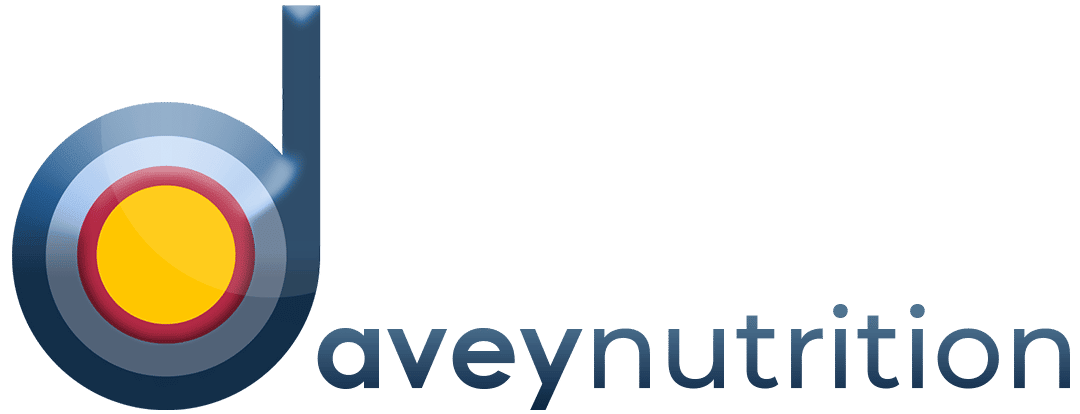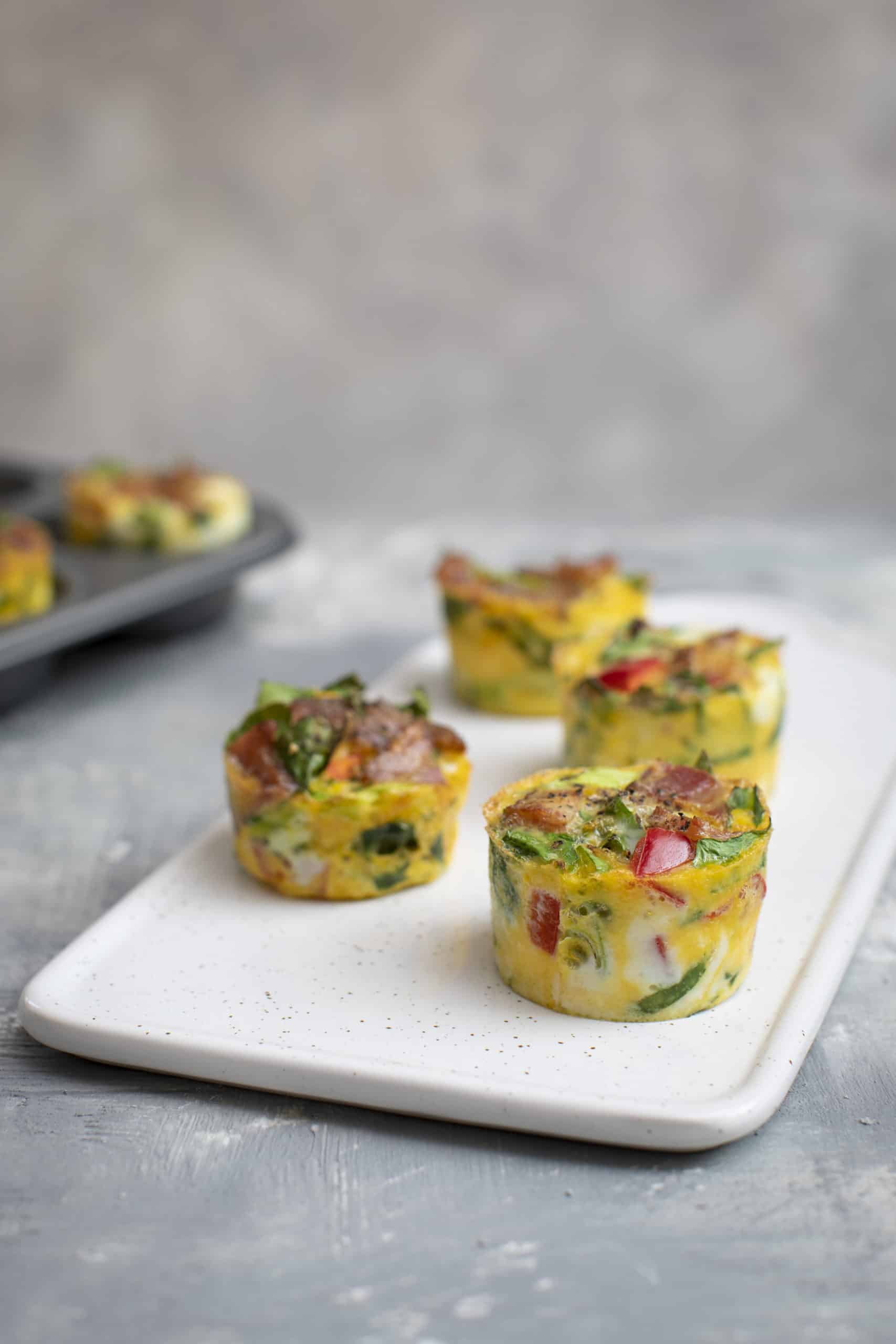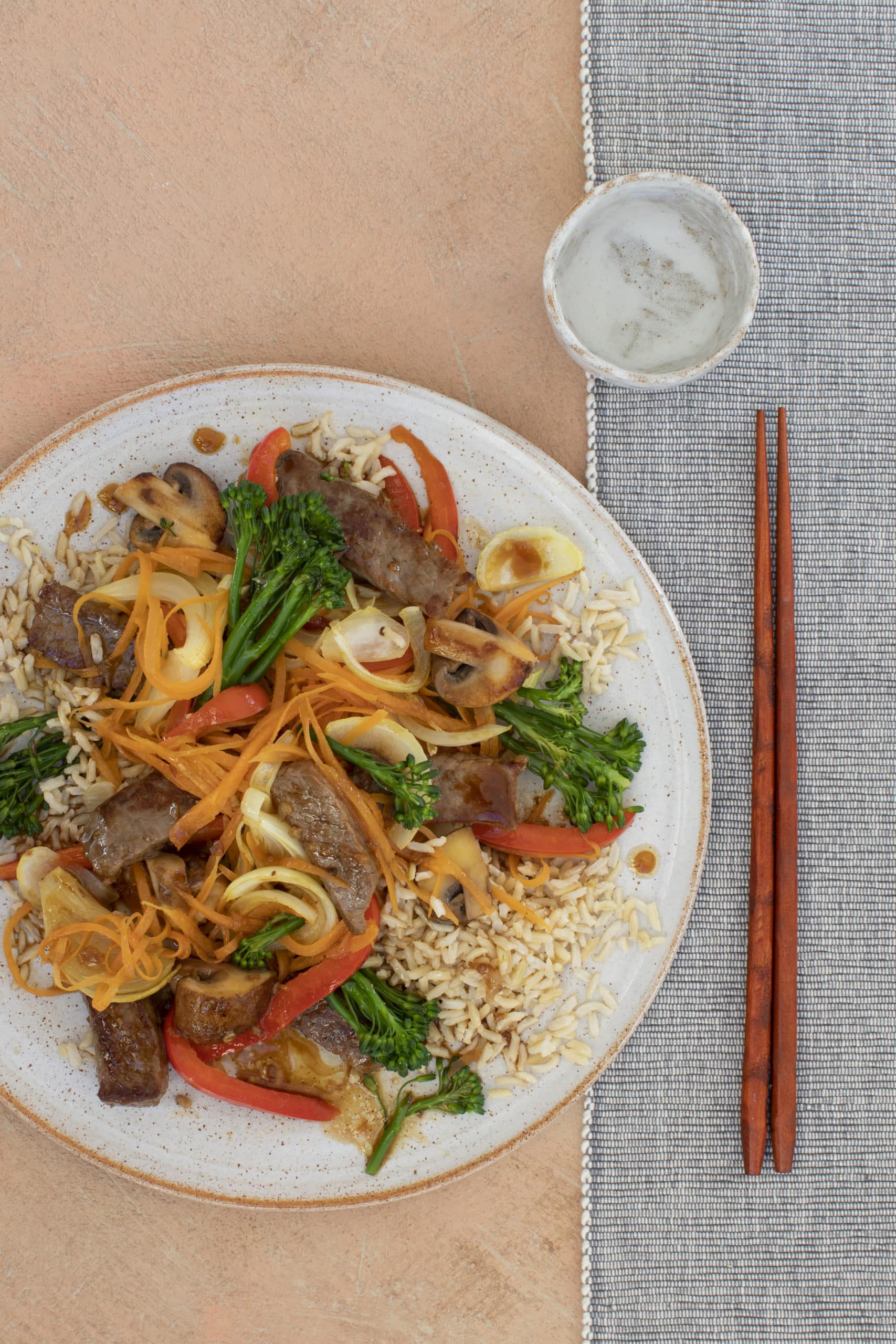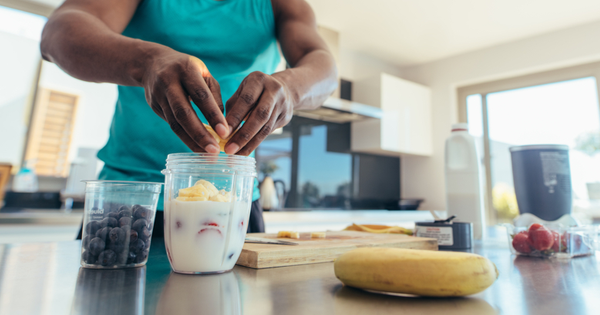Summary
- The post workout recovery meal is important for athletes but much less so for recreational exercise
- To achieve your body composition goal you must ensure you are achieving your daily calorie target
- It is harder to expend calories than it is to eat them!
The post-workout recovery meal has become one of the most talked about nutrition topics in recent years, particularly by those aiming to get in better shape by reducing fat or gaining muscle. The awareness around this particular meal is primarily as a result of well-placed advertisements by nutrition supplement companies in the various forms of media with the purpose of selling products.
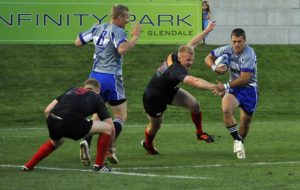
There is no question that for elite athletes and for those who train regularly to a high intensity, an appropriate recovery meal has a vast array of benefits and is an important component of an athlete’s routine. For example, a GAA or rugby athlete could expend approximately 800-1200 calories in a challenging training session with significant muscle damage occurring due to the highly physical and robust nature of the training. Appropriate nutrition and in particular protein – carbohydrate foods are essential for replacing depleted energy stores and repairing damaged muscles.

However, for those that are just moderately or socially-active aiming to stay healthy and lose some body fat, the post-exercise recovery meal is of much less significance. Some of the following exercise activities are examples of where you need to be mindful of eating accordingly and not overeating. Remember if you are aiming to reduce body fat then the daily target is to achieve a calorie deficit. This means expending more calories than you consume. In the table below you will see that a large amount of calories are difficult to expend in a short space of time, particularly if the intensity of the session you are doing is low or moderate! Now consider that a sports drink and a protein bar could easily provide you with 400 calories which is a lot of aerobics, walking or cycling!
| Calories burned in 30-minute activities – Taken from Harvard health publishing | ||
| Activity | 70kg person | 84 kg person |
| Aerobics – low impact | 205 | 244 |
| Aerobics – high impact | 360 | 310 |
| Yoga | 150 | 178 |
| Weight lifting – Light | 112 | 133 |
| Weight lifting – intense | 223 | 266 |
| Walking – 15 min mile | 149 | 178 |
| Golf – carrying clubs | 205 | 244 |
| Running – 12 min mile | 298 | 355 |
| Running – 10 min mile | 372 | 444 |
| Bicycling: 14-15.9 mph | 372 | 444 |
| Swimming: laps, vigorous | 372 | 444 |
True, you should not eat any old junk, but the notion that your muscles are going to “shrink” or something drastic is going to happen to your body because you don’t eat immediately after your workout is simply not true. Following your training the aim should be to have water to rehydrate and a snack to stabilise your blood sugar (energy levels), but the need for a sports drink during the session, or ‘recovery bar’ or recovery drink is not essential unless you have trained intensely. What are the most important nutrition elements to achieve your goal? Appropriate calorie and macro-nutrient intake consumed over the course of the day to meet your goal. Remember that the performance calculator in the My Account section will help you to set that for your personal needs and your meal plans can then be customised to your needs.
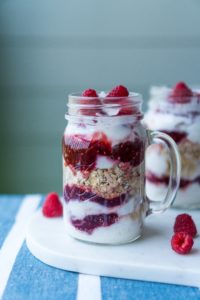
Here are some simple post exercise snack suggestions:
- Fresh berries and a yogurt
- Two boiled eggs and an apple
- A glass of milk and a banana
- A protein shake with a piece of fruit
- A bottle of water and a homemade snack
These snack options will cover most nutrition needs until your next main meal. These are convenient and transportable options, and will help to curb your hunger until you are able to prepare a larger meal such as a vegetable omelette, or roast chicken and vegetables.
